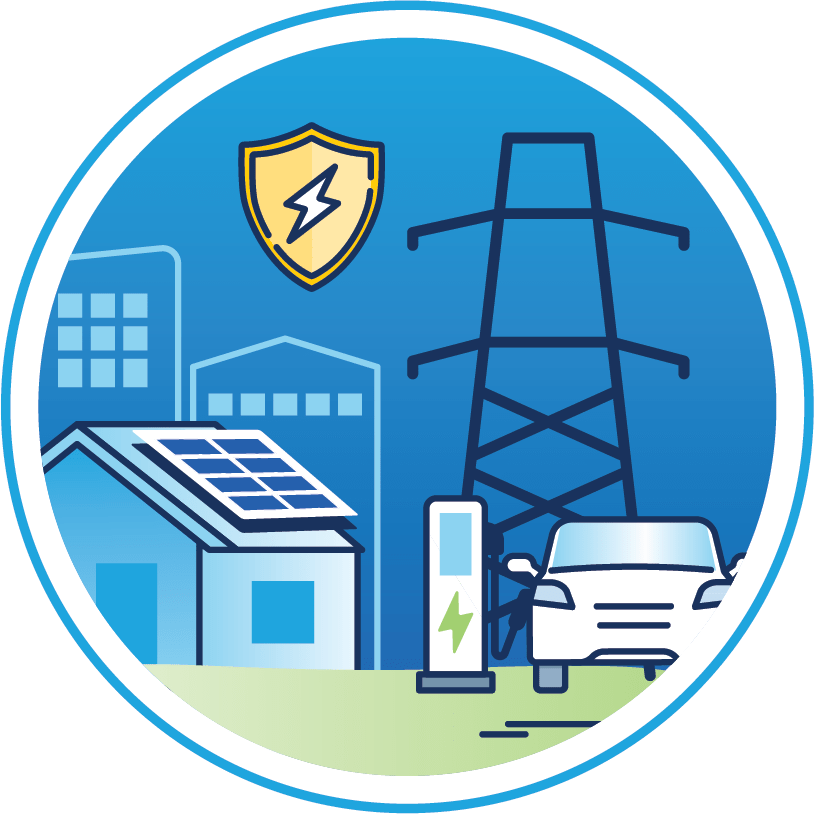Another huge Biden-Harris Administration win: grid modernization
Author: Steve Heitmann
May 13, 2024 marks another huge win for ALL Americans who use electricity, brought to us by the Biden-Harris Administration.
The Federal Energy Regulatory Commission (FERC) announced a much-needed national grid expansion and modernization plan. While it will take a few years to build out, when completed, our modern national grid will have the capacity to serve the U.S. for decades to come, speeding our country’s progress toward a clean-energy economy.
Why is this important? Since 1900, the electric grid has grown organically without long-term national planning. As a result, some states experience rolling brownouts when power demands surge unexpectedly—a problem that’s becoming worse due to climate change and increasing power demands. Meeting this demand requires more grid-connected energy generators.
Nationwide, energy companies have proposed nearly 12,000 new energy generators in the form of wind, solar, hydrogen fuel cells, and utility-scale battery backup projects. Eighty-percent of these projects have been delayed, many for years, because of the limitations of our antiquated electric grid infrastructure, which can’t easily support the interconnection of these new energy generators. In some areas, grid transmission is at capacity, and no new generators can be added. For all other regions, the national grid’s capacity won’t meet the rapidly increasing demand for power projected for the next 20 years. Without these much-needed and overdue grid improvements, electrical power will become increasingly expensive in most areas, including Klickitat County.
The FERC plan resolves these issues. The plan requires that every few years, power demands will be reviewed to ensure that the grid is continuously improved and ready to meet future, changing power needs for the next 20 years. Ultimately, this grid modernization and expansion will keep up with demand while keeping consumer costs down.
This national power grid investment will benefit all Americans by 1) expanding clean energy generation and distribution, 2) enabling energy abundance, 3) and maintaining a relatively low cost of electricity. Furthermore, because so much of our production is dependent on electrical energy, lower electricity costs will also translate to lower food prices and lower cost of goods.
This successful step toward meeting U.S. citizens’ future energy needs with new, plentiful sources of clean energy is the result of Biden’s clean energy initiative and funded by Biden’s Infrastructure bill, which allocated $13 billion for FERC’s grid modernization program.


